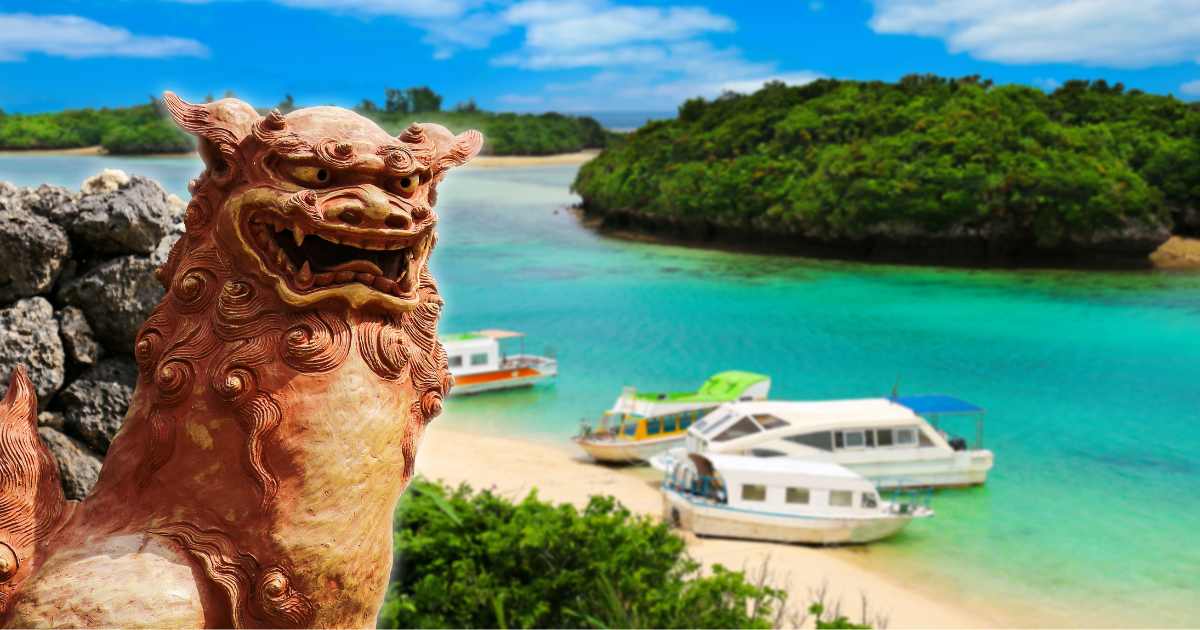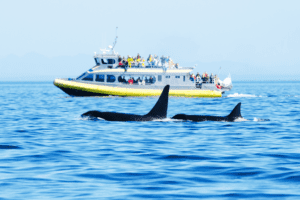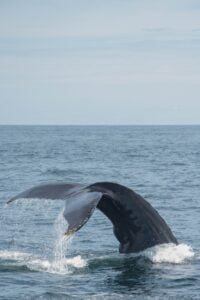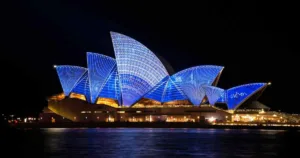Whale Watching in Japan: An Insight into Marine Wonders and Tradition
Embarking on a whale-watching journey in Japan offers you a unique opportunity to connect with nature and experience an ancient culture that holds the sea in high reverence. As you venture to the open waters surrounding Japan’s extensive coastlines, you’re likely to witness the awe-inspiring majesty of the ocean’s most captivating creatures. The country’s deep, nutrient-rich waters create an ideal environment for whales, allowing you to observe these gentle giants in their natural habitat.
Japan’s relationship with whales is historically intricate, juxtaposing time-honored whaling traditions with a growing interest in conservation and ecotourism. In recent years, the focus has shifted from hunting to preservation and admiration, making whale watching a flourishing activity. Your day out at sea not only brings you closer to understanding the biodiversity of the marine ecosystem but also contributes to the local communities that have found sustainable ways to celebrate and protect their cherished marine life.
Whether you’re considering visiting the renowned Kerama Islands, a spot favored by enthusiasts for its clear waters and vibrant coral reefs, or planning a trip timed to the migrations along the coastline, whale watching in Japan is an immersive experience. Witness the spectacular sight of these leviathans breaching the surface and gain insight into Japan’s evolving relationship with the whales that grace its shores.
The History of Whale Watching in Japan
Whale watching in Japan merges your appreciation for natural wonders with a cultural journey spanning centuries. Your understanding of this activity’s roots enhances the experience, as whale watching has a varied and storied history in the country.
In Japan, whale watching is more than a tourist activity; it’s a thread in the nation’s cultural tapestry. Whaling in Japan dates back to the 12th century, primarily for subsistence and utilizing every part of the whale. However, your whale-watching expedition contrasts greatly with these historical hunts, offering a peaceful and conservation-focused experience.
Modern whale watching began to gain popularity in the 1980s. Unlike the earlier motives of whaling, your whale-watching trip is part of a growing trend emphasizing respect and awe for these majestic creatures. You’ll find yourself part of a movement supporting local economies and fostering environmental stewardship.
| Timeline | Event |
|---|---|
| 12th century | Subsistence whaling begins |
| 1930s | Expansion to Southern Oceans |
| 1980s | Modern whale watching emerges |
Your excursion contributes to research and education, turning Japan into a hub for whale-watching enthusiasts. As you embark, remember you’re participating in a tradition that reflects a shift from exploitation to conservation, a testament to Japan’s evolving relationship with the sea and its inhabitants.
Best Whale watching Tours in Japan
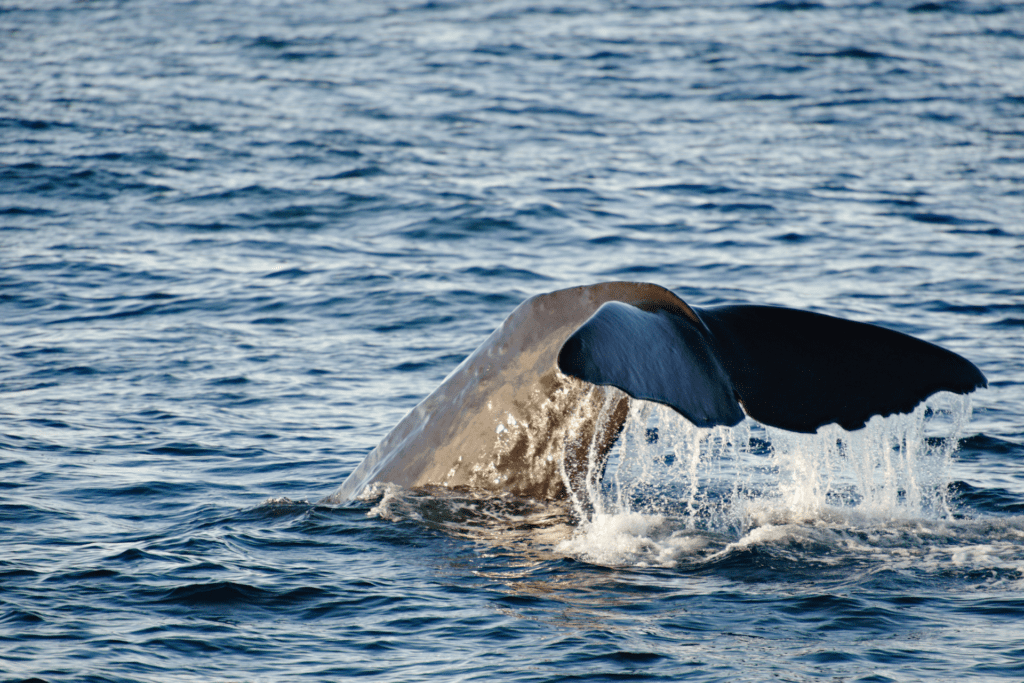
OKINAWA 39ers Whale Swim
Location: Okinawa
Jan - Mar
8hrs
per person
For those seeking a more thrilling experience, consider joining a whale-swim tour, where you can share an unforgettable moment with these magnificent whales right in the water!
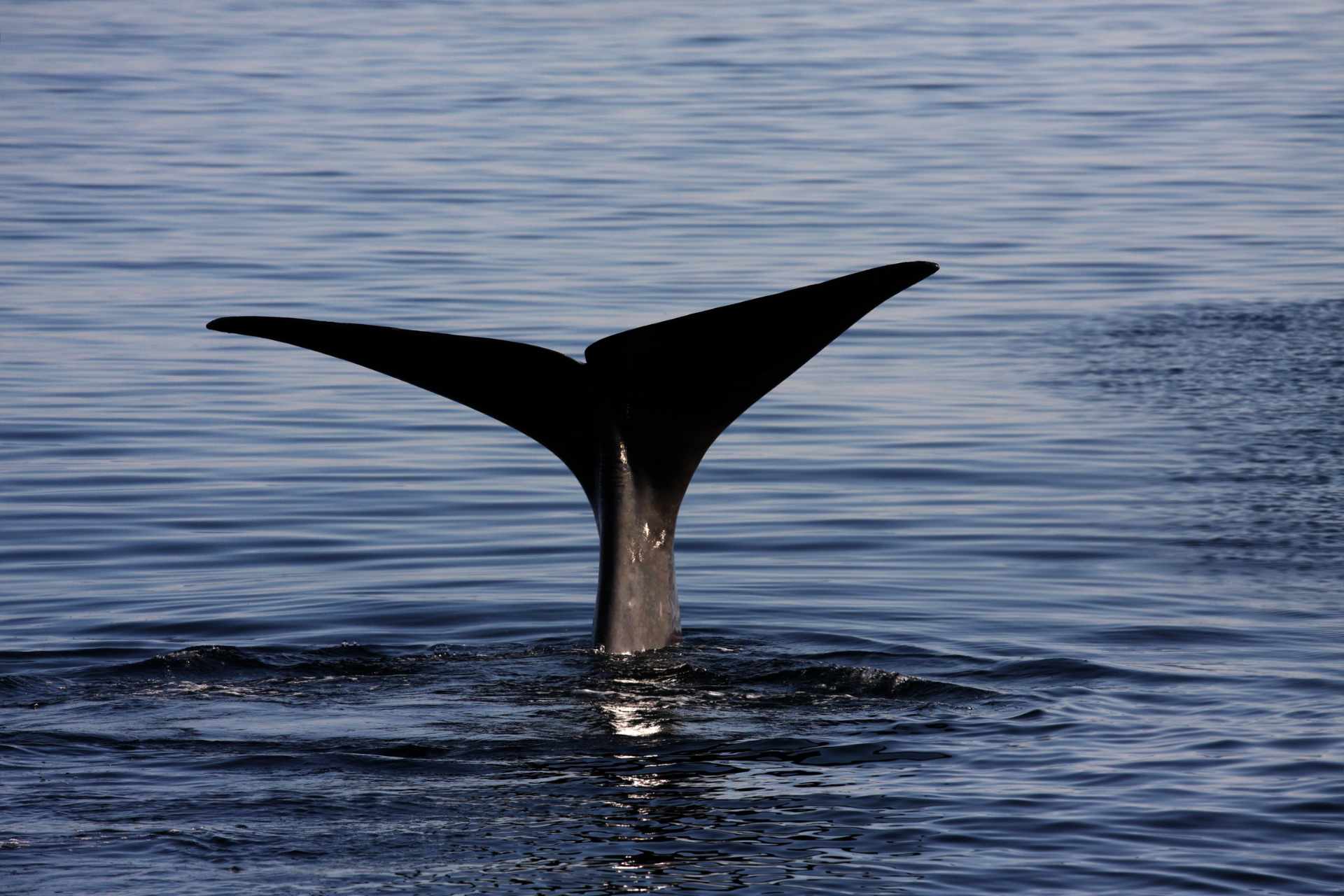
Great Whale Watching at Kerama Islands and Zamami Island
Location: Zamami
Jan - Mar
2.5 hrs
per person
For those seeking more adventure, we also offer the option to combine this with a kayak or snorkel tour, making for a full day of exploration on Zamami Island.
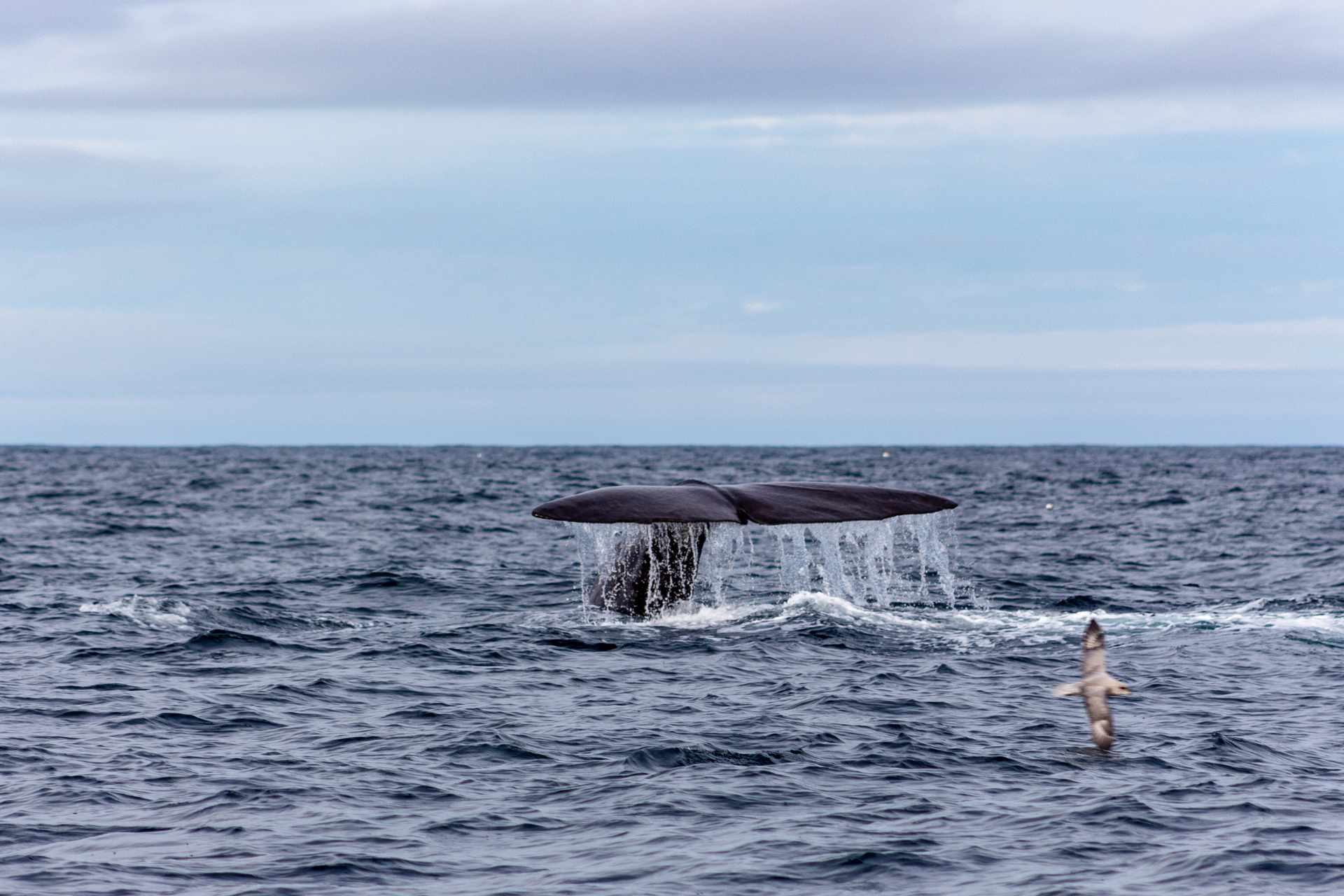
Diving & Snorkeling + Whale Watching
Location: Okinawa
Jan - Mar
6+ hrs
per person
Set sail from 18:30 for a 4-5 hour journey through Isfjorden, a known feeding area for blue whales, fin whales, humpback whales, and belugas, complete with an onboard barbecue.
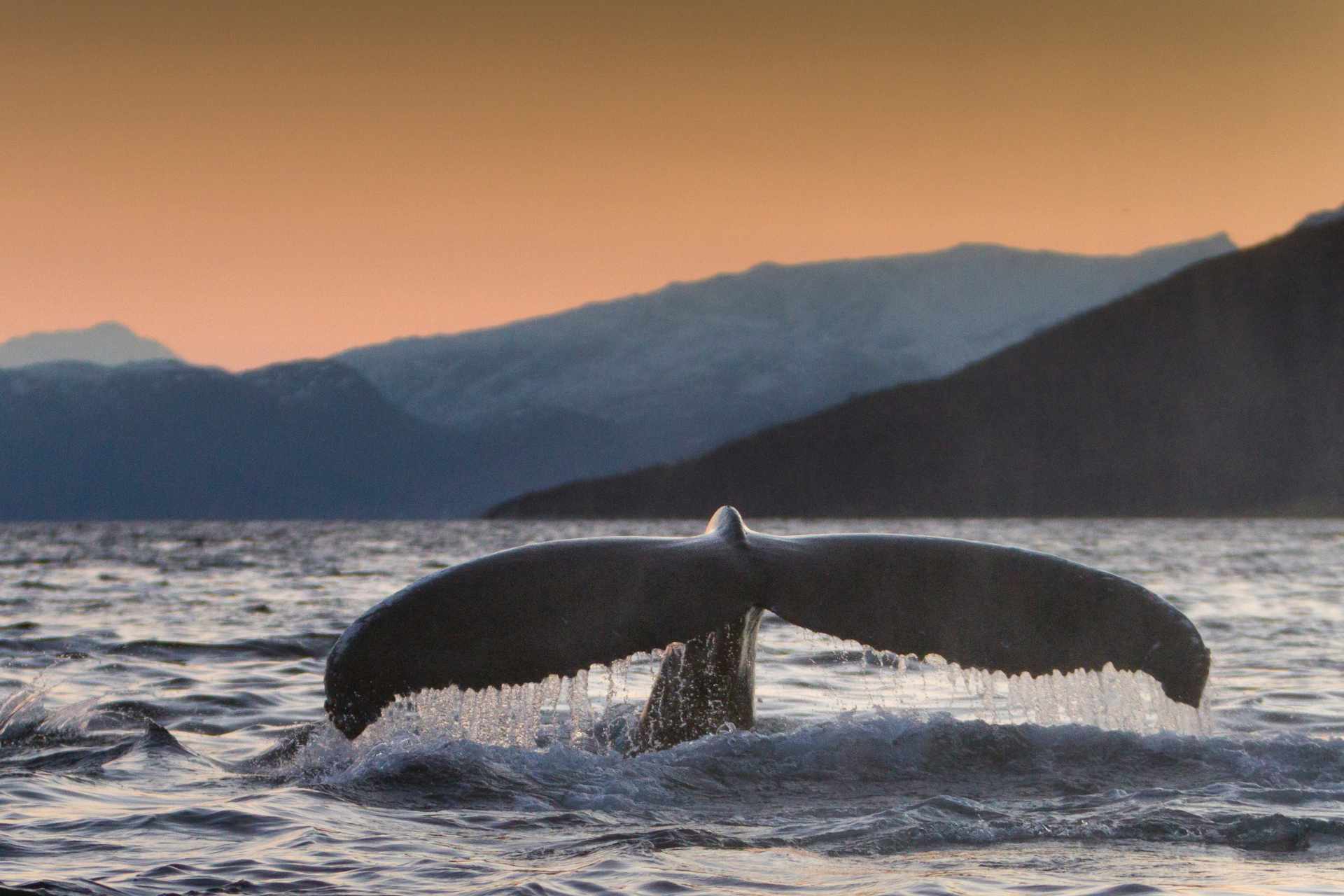
Kerama Islands snorkeling & Whale watching
Location: Okinawa
Jan - Mar
6+ hrs
per person
The waters of Andenes are highly productive, attracting a great diversity of both baleen and toothed whales! The most common sightings in Summer are Sperm whales, who stay here the whole year-round.
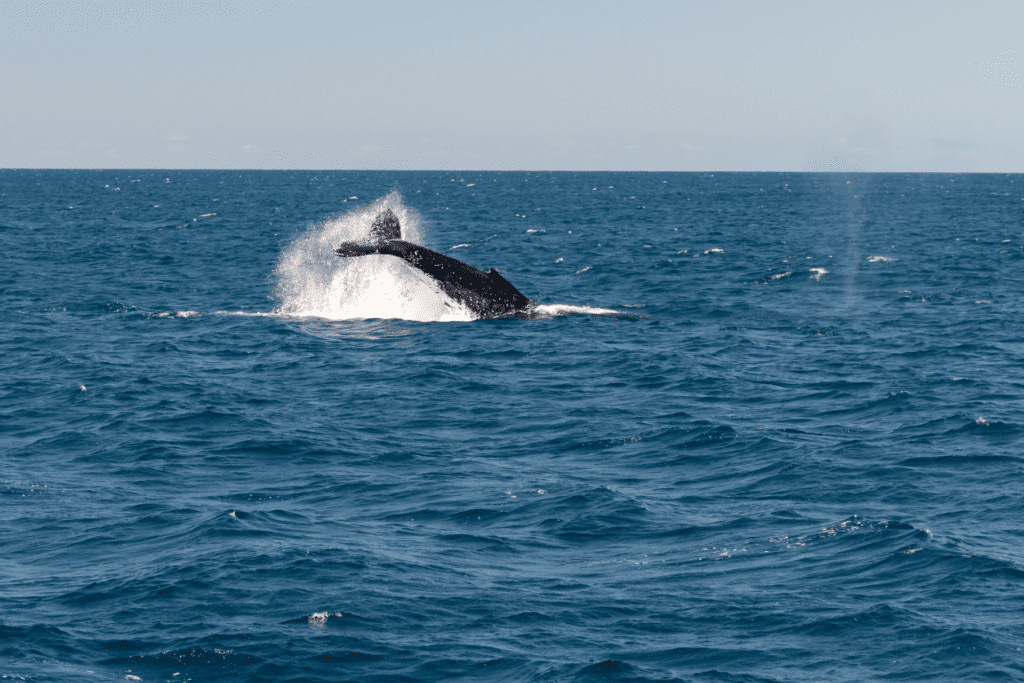
Ogata Whale Watching
Location: Tosa-bay, Kochi
Jan - Mar
3 - 5 hrs
per person
Tosa-bay stands out as the exclusive location in Japan where you can encounter the magnificent Bryde’s whale. Join us for an unforgettable experience and create lasting memories with these majestic whales!
Full-Day Diving in Kerama Islands
Location: Okinawa
Jan - Mar
Full Day
per person
Embark on a captivating journey aboard our ship, cruising amidst the breathtaking scenery of Zamami Island. It’s the perfect time to relax and prepare for the thrilling experience ahead.
Best Time to Go Whale Watching
When you’re planning your whale watching adventure in Japan, timing is crucial to increase your chances of seeing the majestic humpback and minke whales. The winter months, from January to March, provide an optimal window for sightings as the humpback whales migrate to the warmer waters around the Kerama Islands and the main island of Okinawa for breeding. These months are marked by the whales’ captivating water acrobatics and the nurturing interactions between mothers and their calves.
Key Periods for Whale Watching:
- January to March: Peak season for humpback whales.
- Spring to Summer: Look out for minke whales.
Whale watching in the Kerama Islands is particularly popular during this time. It’s recommended to book your tours in advance as this is the peak season for both whale-watching enthusiasts and the tourism industry. Meanwhile, minke whales, which are smaller and known for their curiosity towards boats, can be spotted as the seasons shift from spring to summer.
To ensure the best experience, choose a day with good weather and calm seas. Weekends may be busier, so if you prefer a less crowded setting, aim for a weekday trip.
Remember to bring your camera and binoculars, dress warmly, and prepare for an enchanting marine encounter that blends cultural reverence with natural grandeur.
Whale Species in Japanese Waters
Japanese waters serve as a natural habitat for a variety of marine life, especially whales. Your marine adventure may introduce you to several species, particularly in the diverse oceanscape surrounding the island nation.
Humpback Whales: Known for their acrobatic breaches and complex songs, humpback whales migrate to Japan’s warmer waters to breed and give birth during the winter. The Ogasawara Islands are a renowned spot where these majestic creatures assemble, giving you a spectacle of their breathtaking behavior.
Minke Whales: Among the smaller baleen whales, minke whales are common in Japanese coastal areas. You may spot these streamlined swimmers as they forage for food, often in the Sea of Japan or the Pacific Ocean around the coastal regions.
Here’s a summarized list of whales that you might encounter in their natural habitat around Japan:
- Humpack Whale: Social, breaching, singing
- Minke Whale: Smaller, slender, foraging
- Other sightings could include sperm whales, which are deep divers, pilot whales, and even the rare blue whales.
It is important to note that while engaging in whale watching, maintaining a respectful distance ensures your safety and that of the whales. Responsible tours contribute to conservation efforts, providing you with an enriching experience while protecting these gentle giants of the sea.
Prime Whale Watching Locations
Japan offers a variety of prime locations for whale watching, where you can experience the awe-inspiring sight of these magnificent creatures in their natural habitat. Each location presents a unique opportunity to observe different species and enjoy the surrounding marine beauty.
Okinawa Whale Watching
In Okinawa, your whale-watching adventure centers around the Kerama Islands, notably the islands of Zamami and Tokashiki. Starting from Naha, the capital city of Okinawa Prefecture, you can embark on tours that will take you through the pristine waters that are visited by humpback whales, especially from January to April. The Kerama Islands, particularly known for their clear blue waters, afford an extraordinary setting for this thrilling experience.
Tokyo and the Surrounding Coastline
As you approach the bustling metropolis of Tokyo, you’ll find that whale-watching opportunities extend beyond the city’s urban landscape. Just a few hours from Tokyo, you can discover spots along the coast where whales migrate and feed. The waters here can give you a glimpse of various whale species, depending on the season. While Tokyo itself doesn’t lie directly on the coast known for whale sightings, nearby areas like the Boso Peninsula cater to those seeking to witness marine life along the coastline adjacent to the vast Pacific Ocean.
Northern Japan and Remote Islands
Further north, the remote islands and coastal regions offer a chance to see different species that may not be common in the more tropical waters of Okinawa. The cold currents here attract species that prefer chillier habitats, and it is not unusual to find varieties that migrate between Russia and Alaska. These locations’ serene and remote nature provides a stark contrast to the busy whale-watching sites of the south, allowing for a peaceful observation experience.
Whale Watching Tours and Experiences
Whale watching in Japan offers you a chance to witness these majestic creatures in their natural habitat. With a range of tours available, knowledge of what to expect and responsible practices will ensure a memorable experience.
Choosing a Whale-Watching Tour
When selecting your whale-watching tour, consider factors such as location, duration, and the type of vessel. Zamami Island is renowned for its clear waters and proximity to whale migration paths, making it a top choice. Opt for a tour that fits your schedule—from a few hours to a full day. It’s advised to book a tour that includes a ferry ride, as it often provides stable viewing opportunities.
What to Expect During a Tour
Once aboard, expect to travel to areas known for whale activity. Keep your eyes peeled for the iconic blow, a spray of water signifying a whale’s presence. You might witness a spectacular breach where whales leap from the water if you’re fortunate. Tours can also offer insight into the whales’ behaviors as they dive and resurface.
Responsible Whale Watching Practices
Responsible tours respect the whales’ environment, maintaining a safe distance to prevent disturbance. Listen carefully to your guide’s instructions to avoid causing stress to the whales, ensuring a sustainable future for whale watching tours. Remember, your experience should have minimal impact on the marine life you’re there to appreciate.
Special opportunity: Swimming With Whales
When traveling to Japan, you have a unique opportunity to not only watch whales from a distance but to swim with these magnificent creatures. Under guided tours that ensure both your safety and the well-being of the whales, you can immerse yourself in their natural habitat.
Locations:
- Okinawa: Renowned for its clear blue waters, making it a perfect spot for swimming with whales.
Experience:
- Types of Whales: Most commonly, you can swim with humpback whales in these waters.
- Tour Details: Tours typically provide you with snorkeling gear and safety instructions.
- Price Range: Approximately 7,000 to 9,800 yen, depending on the package.
Best Times:
- The prime season for swimming with whales is during the winter months when they migrate to warmer waters.
Restrictions:
- Age: Often, there is a minimum age requirement for participants.
- Swimming Ability: You should be a competent swimmer.
Tips for a Memorable Experience:
- Book in Advance: Ensure your spot by booking early.
- Be respectful of the whales and follow all guidelines provided by the tour operators.
- Physical Fitness: Being in good shape will enhance your enjoyment and help you keep safe.
Remember, these experiences are designed to be non-invasive and are tightly regulated to protect the whales. For detailed information on various packages, which includes specifics on swimming with whales and other marine wildlife encounters.
Conservation Efforts in Japan
In Japan, your experience of whale watching is underpinned by significant conservation efforts aimed at preserving these majestic creatures and their natural habitats. Japan’s whale conservation approach includes government-led regulations and initiatives by various non-profit organizations.
Governmental Protection: Japan has established marine protected areas (MPAs) where whale watching is regulated to minimize human impact on whales and their environment.
Research: Scientific research is conducted to understand whale behaviors and population dynamics, which is crucial for informed conservation strategies.
Non-Profit Organizations: Groups like the International Fund for Animal Welfare are actively monitoring the state of whale populations and advocating for their protection.
You can witness these efforts first-hand while engaging in whale watching. By choosing responsible tour operators, you support a sustainable form of wildlife tourism that prioritizes the well-being of whales.
Here is how you can participate:
- Choose Certified Operators: Select operators certified by environmental agencies for a responsible whale-watching experience.
- Educate Yourself: Learn about the species you’ll encounter to appreciate their role in the marine ecosystem.
- Be Conscious: Follow guidelines for a low-impact presence in the whale’s natural habitat to contribute positively to conservation.
Remember, by engaging in responsible whale watching, you’re supporting efforts that help ensure that these giants of the ocean thrive for generations to come.
Cultural Significance of Whales in Japan
Whales have long occupied a significant place in Japanese culture, with their influence permeating various aspects of society, from culinary traditions to religious ceremonies. In Japan, your exploration of the relationship between whales and cultural identity reveals a history rich with both respect and utility.
Historical Context:
- Dating back to the 12th century, whaling was not only an economic activity but also a part of community life.
- Iconic landmarks like Taiji’s Whale Museum illustrate the town’s deep connection to whaling.
Cultural Celebrations:
- Festivals celebrate the historical and social roles of whales. An example is the performances that highlight the importance of whaling in traditional theater, as seen in various Japanese whale festivals.
- Ritual practices and folk songs further echo the connection between the Japanese people and these maritime giants.
Contemporary Views:
- In modern times, the juxtaposition of whale watching and the whaling industry demonstrates a complex relationship. Whale watching is becoming increasingly popular, suggesting a shift in how whales are valued for their natural beauty over their utility.
- This is reflected in new attitudes towards whales, acknowledging their role in biodiversity and their capacity to draw tourists, which can be seen in the growth of the whale-watching industry in Japan.
As you delve into the cultural tapestry of Japan, you will encounter a nuanced perspective on whales that is shaped by history, economy, spirituality, and the arts. This intricate relationship showcases the multifaceted identity of whales in the collective consciousness of Japan.
Preparing for Your Whale Watching Trip
Embarking on a whale watching journey in Japan offers an extraordinary opportunity to witness these majestic creatures in their natural habitat. Proper preparation enhances your experience and ensures a safe and enjoyable outing.
Essential Items to Bring
When packing for your whale watching adventure, prioritize items that protect you from the elements and maximize comfort.
Personal Gear:
- Sunscreen: A high SPF sunscreen is essential, due to the sun’s reflection off the water which can increase the risk of sunburn.
- Clothing: Dress in layers to adapt to changing temperatures; include a waterproof jacket.
- Accessories: Sunglasses, a broad-brimmed hat, and binoculars to view whales from a distance.
Health and Comfort:
- Motion Sickness Pills: If you’re prone to seasickness, consider taking medication as a precaution.
- Snacks and Hydration: Pack water and light snacks to maintain energy levels during the tour.
Safety Measures and Guidelines
For a whale watching trip that is enjoyable and secure, adhere to the following guidelines:
Follow Expert Instructions:
- Always listen to the crew members and tour guides; they are trained to prioritize your safety and the whales’ well-being.
Stay Alert:
- Remain vigilant and stay within designated areas to avoid accidents on the vessel.
Respect Marine Life:
- Appreciate the whales from a distance as directed by the tour operator to avoid distressing the animals.
By bringing the right gear and adhering to safety protocols, your whale watching experience in Japan will be both memorable and respectful towards the marine environment.
Marine Life Beyond Whales
While you embark on your whale watching adventure in Japan, it’s worth noting that the nation’s waters host a plethora of other marine species to observe. Japan’s nutrient-rich waters support a wide array of marine life that can be appreciated through activities such as diving and snorkeling.
- Fish: Japan’s seas are teeming with a variety of fish species. From the brightly colored inhabitants of coral reefs to the more elusive creatures of the deep, your marine exploration can lead to encounters with species like the Pacific Bluefin Tuna or the vibrant Mandarinfish.
- Diving Sites: Submerge yourself in a diving experience to witness the ocean’s biodiversity firsthand. Places like the Kerama Islands are celebrated for their crystal-clear waters and the rare opportunity to swim alongside sea turtles and myriad tropical fish.
- Natural Habitat Conservation: Be aware of conservation efforts that aim to protect these underwater ecosystems. You play a part in maintaining the natural habitat by following responsible diving practices and supporting eco-friendly tour operators.
Remember, as you catch glimpses of the majestic whales, there is much more to Japan’s marine life just below the surface, waiting to be discovered. Your journey can be as diverse as the ecosystems you’re about to dip into—full of colors, life, and natural beauty.
Extending Your Stay: Attractions Near Whale Watching Sites
When you’re planning to extend your visit after an immersive whale-watching experience in Japan, there’s an array of attractions that complement your marine adventure, especially in regions like Okinawa and Naha.
In Okinawa:
- Shurijo Castle: Immerse yourself in the history of the Ryukyu Kingdom.
- Okinawa Churaumi Aquarium: Witness a breathtaking variety of marine life.
- Peace Memorial Park: Reflect on the island’s poignant history.
Accessible via a short ferry ride, the Kerama Islands are not just a stellar whale-watching territory but also a paradise for snorkeling and diving with crystal-clear waters and abundant sea life.
Around Naha:
- Kokusai Dori Street: Shop and sample Okinawan cuisine in this bustling street.
- Shikinaen Garden: Experience the serenity of this royal garden.
Whether it’s exploring landmarks of historical significance, indulging in vibrant city life, or embracing the tranquil beauty of gardens and parks, there’s something for every traveler to enjoy. Make the most of your extended stay by experiencing the unique cultural and natural wonders that lie in close proximity to Japan’s prime whale-watching locales.

